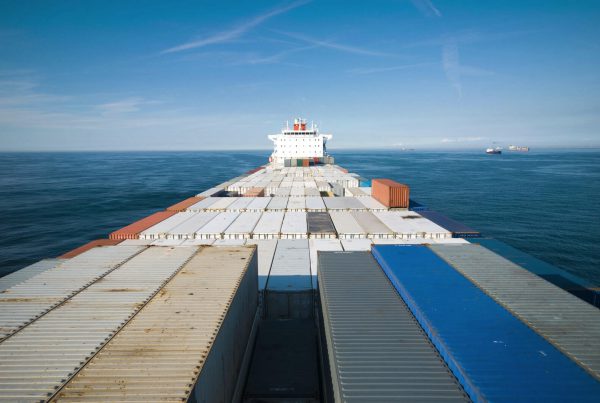Success in business often comes down to basic arithmetic: excellent global supply chain execution + excellent customer service = beat the competitors. Want proof? Take a look at Gartner’s Annual Top 25 Supply Chains Report. You’ll find the companies that you expect to see – Apple, Proctor & Gamble, Dell, Amazon, all in Gartner’s list of masters of supply chain planning and execution. A significant component of becoming an industry leader is to achieve full end-to-end supply chain visibility. However, the math becomes more difficult when you try to equate the ROI of having that visibility into bottom line numbers.
There are three ways that organizations can leverage the ROI of supply chain visibility, and all of which ultimately drive shareholder value:
- Increase revenue.
- Reduce costs.
- Reduce invested capital.
End-to-end supply chain visibility has a direct impact on all three. Let’s carefully examine each one.
Reduce Capital Investment
There are a lot of organizations that implement supply chain visibility software to speed up their supply chains. They’re happy to see average lead times from origin to destination drop from 30 days to 27 days, but that’s just scratching the supply chain ROI surface.
They’re also reducing the inventory levels in the supply chain, and when they take out those days, they also take cost out of their capital base; this cost reduction ticks the “driving value for shareholders and improving their ROI on invested capital” box.

Reduce Cost
If reducing capital investment is the top priority, reducing cost is always a close second. Consider the massive spend that transportation represents for shippers. There are some simple steps to reduce that cost, like improving container utilization, reducing dwell time and the cost related to detention and demurrage, and lowering document handling and processing costs. Those are just a few of the many ways visibility can help reduce end-to-end costs.
The good thing about visibility and reducing costs is, it is much easier to achieve ROI quicker than many of the significant transformation projects that organizations tend to like focus on.
Increase Revenue By Improving The Customer Experience
Finally, increasing revenue; often associated with improvements in customer service or customer satisfaction that shippers can link to.
Most of us can relate to buying a product online and not knowing exactly when it will arrive. Then, of course, the delivery trucks show up sooner or later than you expect, and you’re not home to receive it.
That frustrating experience may turn you off the prospect of ever ordering from that same company again, and with all the recent changes we have seen in consumer behavior, you are not alone. The retailer or manufacturer could have avoided that outcome if it had real time visibility over its supply chain and could send you regular updates.
However, there are more tangibles to increasing revenue. Just having reliable information about the timing of arrivals in a given destination, allows an organization to move it through the supply chain, and sell it quicker. If an organization is going to adopt lean, just in time, or any one of several inventory strategies, it’s more important than ever to have visibility into the supply chain; any little disruption occurring could result in you having a problem, so being able to predict, see and respond instantaneously is key to that shareholder value.
Getting Started With Supply Chain Visibility
So where do you begin with visibility? Let’s start with where you DON’T. Do not take the road that leads to a massive 20-year project. Instead, start small and grow from there.
Identify where the most significant challenge in your supply chain is at the moment, and use visibility to address it. Often it can be as simple as not knowing when your shipment is going to arrive or having data scattered about multiple systems, parties or even on spreadsheets. To improve it, you need to measure it, and to measure it, you need to see it.
Once that’s solved, then start to look wider afield. You’re going to find benefit in supply chain visibility in all the drivers of shareholder value – revenue, costs, and invested capital.




